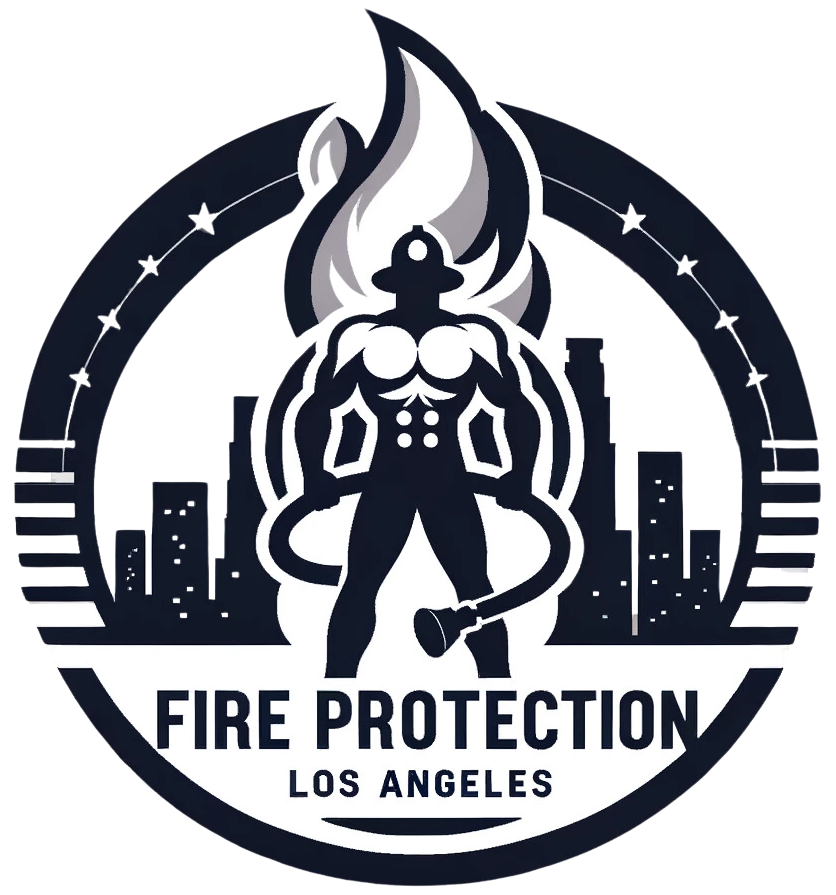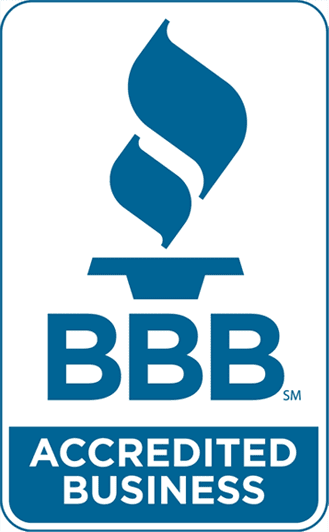The Importance of Fire Risk Assessments
Fire risk assessments are critical for ensuring the safety of both properties and their occupants. By proactively identifying and addressing potential hazards, these assessments play an integral role in minimizing fire-related risks.
Identify Potential Fire Hazards
Combustible Materials Begin by listing all materials within the premises that can potentially fuel a fire. This includes paper, wood, textiles, and certain chemicals. Understanding where these materials are stored helps in taking preventive measures.
Ignition Sources Identify possible sources of ignition. Common sources include electrical equipment, heaters, open flames, and certain industrial processes. Ensuring these sources are well-maintained and situated away from combustibles is key.
Determine People at Risk
Occupants and Visitors Consider everyone who might be on the premises, both regular occupants and occasional visitors. Their familiarity with the environment can influence the risk level.
Vulnerable Individuals Identify individuals who might need special assistance during an emergency, such as children, elderly people, or those with disabilities. Special provisions should be made to ensure their safety.
Evaluate the Risks and Implement Controls
Probability and Severity Based on the identified hazards, evaluate the likelihood of a fire occurring and its potential impact. This will guide the preventive measures needed.
Fire Prevention Strategies Implement measures to reduce the probability of a fire. This can include regular equipment maintenance, safe storage of combustibles, and employee training.
Prepare an Emergency Plan
Evacuation Procedures Establish clear and easily accessible evacuation routes. Ensure that all occupants are familiar with these routes and conduct regular evacuation drills.
Communication Systems Set up systems to alert occupants in the event of a fire, such as alarms. Additionally, have a protocol for informing emergency services promptly.
Regularly Review and Update the Assessment
As circumstances change, it’s crucial to revisit the fire risk assessment regularly. This ensures that new hazards are identified and addressed and that existing preventive measures remain effective.
Conclusion: A Commitment to Safety and Preparedness
Conducting a thorough fire risk assessment is a testament to a commitment to safety. By methodically identifying risks and implementing controls, property owners and managers can ensure that they are taking every possible step to protect both their assets and the people within them.








